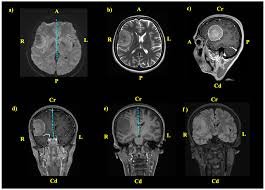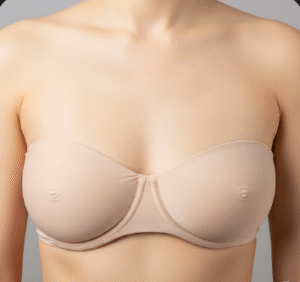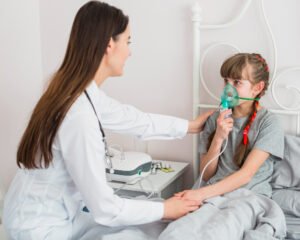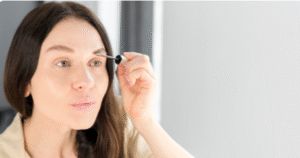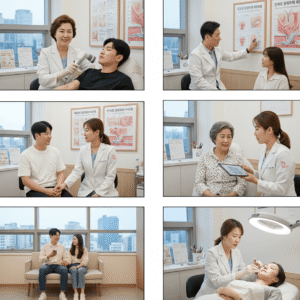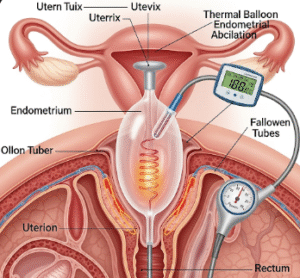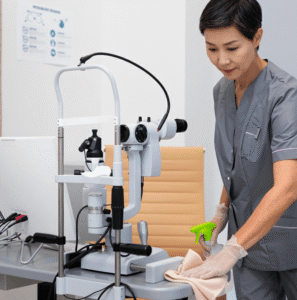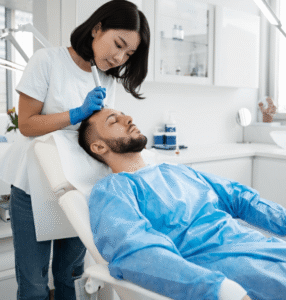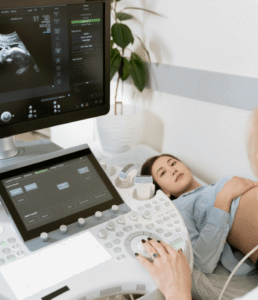Overview
Hemiparesis is a partial weakness or reduced movement on one side of the body. It is often a consequence of neurological conditions such as stroke, traumatic brain injury, or brain tumors. In Korea, hemiparesis is a common complication after stroke, and specialized rehabilitation programs are available to help patients regain strength, mobility, and independence.
What is Hemiparesis?
Hemiparesis affects one side of the body, causing muscle weakness rather than complete paralysis. It may impact the arm, leg, and sometimes the face on the affected side. Hemiparesis can develop suddenly, usually after a stroke, or gradually in cases of progressive neurological diseases.
Symptoms
- Weakness in one arm, leg, or side of the body
- Difficulty walking or maintaining balance
- Drooping of facial muscles
- Impaired coordination
- Fatigue on the affected side
- Difficulty with fine motor skills (grasping, writing)
Causes
- Ischemic or hemorrhagic stroke
- Traumatic brain injury
- Brain tumors
- Cerebral palsy (in children)
- Multiple sclerosis or other neurological disorders
Risk Factors
- Hypertension and cardiovascular disease
- Diabetes and high cholesterol
- Smoking and alcohol consumption
- Prior stroke or transient ischemic attack (TIA)
- Advanced age
Complications
- Reduced ability to perform daily activities
- Muscle stiffness or spasticity
- Joint contractures
- Falls and injuries due to imbalance
- Emotional distress, depression, or anxiety
Prevention
- Control blood pressure, cholesterol, and diabetes
- Maintain a healthy lifestyle with regular exercise
- Avoid smoking and excessive alcohol
- Promptly address stroke symptoms (FAST protocol)
- Regular neurological checkups for at-risk individuals
Treatment Options in Korea
Diagnosis
- Neurological examination by a neurologist
- MRI or CT scans to identify brain injury
- Electromyography (EMG) to assess muscle function
- Blood tests to evaluate stroke risk factors
Medical & Rehabilitation Treatments
- Physical therapy to improve strength and mobility
- Occupational therapy to regain independence in daily activities
- Speech therapy for facial or speech muscle involvement
- Medications such as antispasmodics, anticoagulants, or neuroprotective drugs
- Robotic-assisted therapy and advanced rehabilitation devices, commonly used in Korea
Rehabilitation and Support
- Multidisciplinary rehab teams including neurologists, physiotherapists, and occupational therapists
- Home exercise programs and adaptive devices (braces, canes)
- Psychological counseling and support groups

